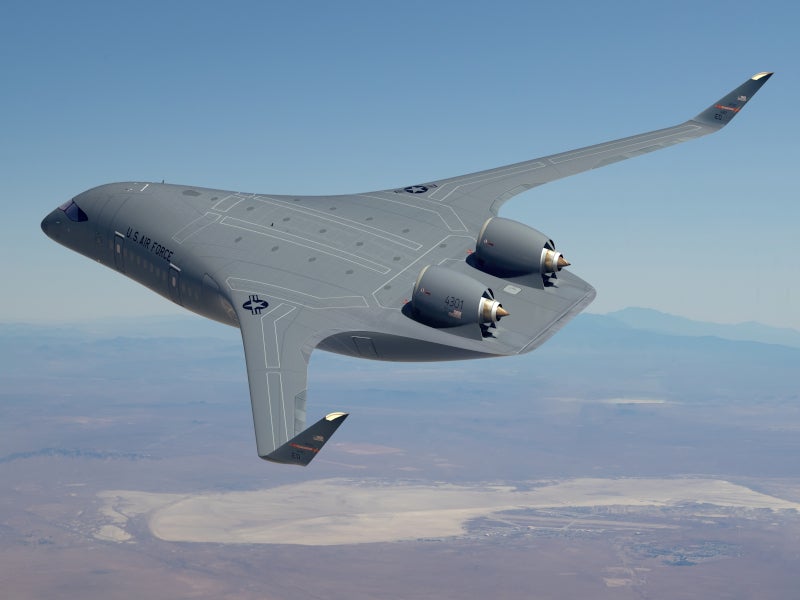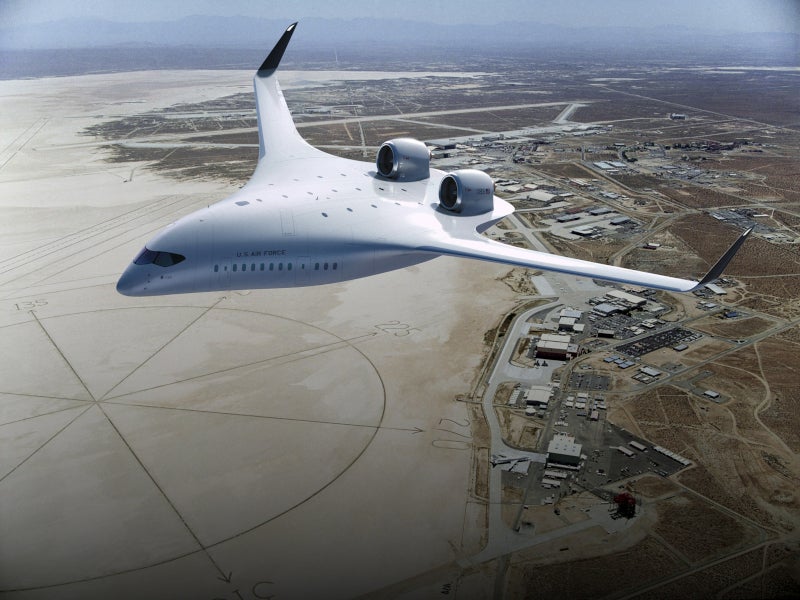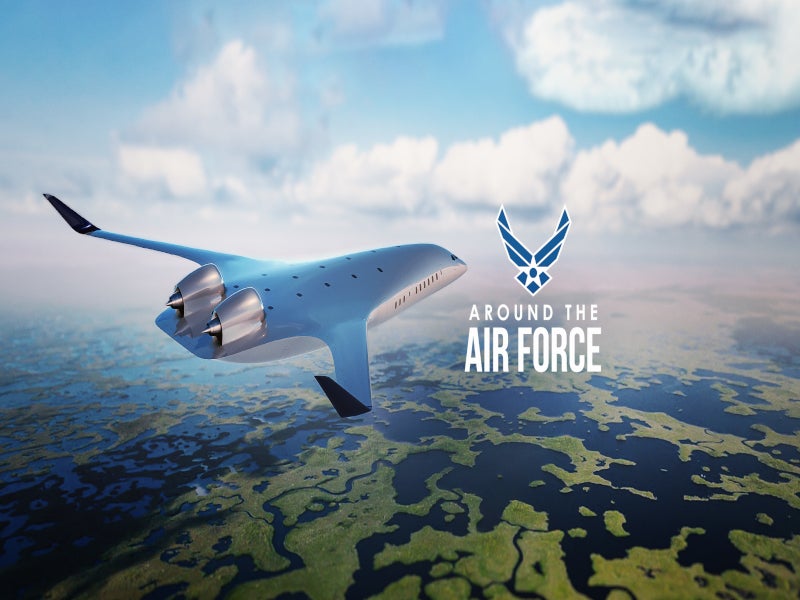JetZero, an aerospace company based in the US, will build the world’s first blended wing body (BWB) demonstrator aircraft for the US Air Force. The demonstrator will be the first in a proposed BWB aircraft family.
The demonstrator will advance BWB technology and showcase its capabilities for addressing air mobility challenges while expanding the range of choices available to the US Department of the Air Force (DAF) and the commercial market for future air platforms.
The project is the outcome of a joint effort involving the DAF, the National Aeronautics and Space Administration (NASA) and the Defense Innovation Unit, with support from the US Department of Defense’s (DoD) Office of Strategic Capital (OSC).
The demonstrator’s inaugural flight is anticipated in the first quarter of 2027, with its deployment in the US Air Force scheduled for 2030.
Blended wing body aircraft development details
JetZero was chosen by the DAF to build a full-scale BWB demonstrator in August 2023, as part of the DAF’s commitment to invest $235m over the next four years to accelerate the development of the innovative dual-use BWB technology, as outlined in the National Defense Authorization Act for the fiscal year 2023.
Additional private investments are also anticipated in the project.
JetZero is collaborating with American aerospace companies Northrop Grumman and Scaled Composites to build, design and validate the performance of the demonstrator. Northrop Grumman will take the lead in overseeing mission systems and vehicle integration initiatives in the project.
Blended wing body aircraft design
The BWB aircraft blends its body into its high-aspect-ratio wing, unlike a traditional tube-and-wing aircraft.
The blended wing design is naturally stable, eliminating the need for tail surfaces, which in turn helps in reducing complexity. The fuselage is designed to be shorter and wider, seamlessly blending with the wing to generate lift, thus decreasing the required surface area, and resulting in a lighter aircraft with reduced drag.
The aircraft’s design and superior aerodynamic efficiency reduce aerodynamic drag by around 30%. The reduced drag and weight minimise the size of the engines, leading to even lower drag and weight.
The ultra-efficient design is expected to reduce fuel consumption by 50% using current engines, while extending range by 50%, all while maintaining the same payload capacity.
Engine details
The BWB demonstrator will be powered by Pratt & Whitney GTF™ engines. These are geared propulsion systems that offer fuel efficiency and sustainability benefits.
Pratt & Whitney GatorWorks will offer support to JetZero in designing and integrating the propulsion system into the demonstrator. GatorWorks is a prototyping arm within Pratt & Whitney that focuses on the swift and agile development of reliable and cost-effective military engines.
Benefits of JetZero’s blended wing body aircraft
The improved efficiency and the next-generation design of the demonstrator will facilitate extended range, longer loiter time, and enhanced payload delivery capabilities, all of which are crucial for minimising logistics risks.
The demonstrator holds the potential to substantially lower fuel consumption and extend global operational capabilities. It will enable swift, efficient and long-distance movement of forces and cargo, vital capabilities that align with national security strategy.
Its reduced size will boost asset availability and storage capacity while improving agility and responsiveness. The top-mounted engines will result in less community noise.
The BWB allows for military transport configurations such as freighters or tankers, which are collectively responsible for about 60% of the annual jet fuel consumption of the Air Force.
The aircraft will also be compatible with the existing airport infrastructure. Its single-deck design is suitable for existing runways and gates. It will improve cabin experience by reducing the space constraints related to the tube-and-wing aircraft design.
The unique cabin layout will reduce turn times and improve operations for airlines and airports.
The BWB aircraft is expected to facilitate the transition to zero carbon emissions with hydrogen propulsion in the future.










